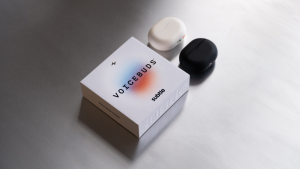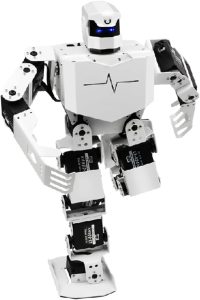Exploring the Dream Machine: A New Era of Video Generation

There’s a buzz around the new video generator called the Dream Machine. After diving into various research papers, there’s finally something tangible to discuss. Is it as impressive as OpenAI’s Sora? Let’s explore its features and limitations.
This new technology is available for everyone to try, offering a hands-on experience. But bear in mind, it comes with its own set of challenges and shortcomings. Let’s break it down and see what’s what.
Introduction to the Dream Machine
There’s a buzz around the new video generator called the Dream Machine. After diving into various research papers, there’s finally something tangible to discuss. Is it as impressive as OpenAI’s Sora? Let’s explore its features and limitations.
This new technology is available for everyone to try, offering a hands-on experience. But bear in mind, it comes with its own set of challenges and shortcomings. Let’s break it down and see what’s what.
Initial Limitations and Challenges
The Dream Machine, while innovative, is not without flaws. One key issue is its transformation capability, where objects morph from one form to another. Additionally, its movement generation isn’t always smooth; in some cases, movement might be absent altogether.
A significant challenge is generating text. This is a common problem for many AI text-to-image and video systems. Luma Labs, the creators, have been transparent about these limitations, which is commendable.
Comparing Clip Lengths
A major limitation of the Dream Machine compared to Sora is the length of clips it can produce. Sora can handle clips up to 60 seconds, whereas the Dream Machine is limited to only 5 seconds. At first glance, this seems like a major drawback.
Surprisingly, this isn’t as problematic as it seems. By leveraging certain techniques, users can create longer videos despite the 5-second clip restriction. This workaround helps maximize the tool’s potential in practical scenarios.
Image to Video Mode
One of the Dream Machine’s standout features is its image-to-video mode. This allows users to bring static images to life, adding a dynamic element to previously still content.
It can turn legendary memes into animated sequences, albeit with some quirks. Sometimes, the background might unexpectedly become the foreground, showcasing the tool’s evolving nature.
Despite these issues, the image-to-video mode offers a glimpse into the future of video creation. It opens up new creative avenues, from animated intros to reimagined comic strips.
creative workarounds
To overcome the short clip length, users can employ a creative technique. By generating a 5-second snippet and then using the last frame to start a new video segment, longer videos can be stitched together seamlessly.
This method allows for unlimited video length, enabling users to create continuous, engaging content. The potential applications are vast, from creating new types of animals to experimenting with philosophical dilemmas.
This approach showcases the flexibility and potential of the Dream Machine, making it a powerful tool for creative minds.
Democratizing Film Production
Previously, creating high-quality films required a professional crew and substantial funding. With tools like the Dream Machine, film production is becoming accessible to everyone.
Anyone can now become a film director, using just their imagination and this innovative technology. It’s a game-changer for aspiring filmmakers and content creators.
The Dream Machine exemplifies the democratization of technology, putting powerful creative tools into the hands of the masses.
Future Prospects
Looking ahead, the development and refinement of the Dream Machine will likely continue. As more people experiment with it, user feedback will drive improvements and enhancements.
OpenAI’s Sora, expected to be available soon, might also influence the evolution of the Dream Machine. The competition could lead to even more advanced and accessible video generation tools.
The future of AI-driven video creation is bright, with endless possibilities on the horizon. As these technologies advance, the creative potential will only grow.
Conclusion
The Dream Machine represents a significant step forward in video generation technology. Despite its limitations, it offers exciting possibilities for both amateur and professional creators. The journey of innovation continues, promising even more impressive tools in the future.
The Dream Machine represents a significant step forward in video generation technology. Despite its limitations, it offers exciting possibilities for both amateur and professional creators. The journey of innovation continues, promising even more impressive tools in the future.





